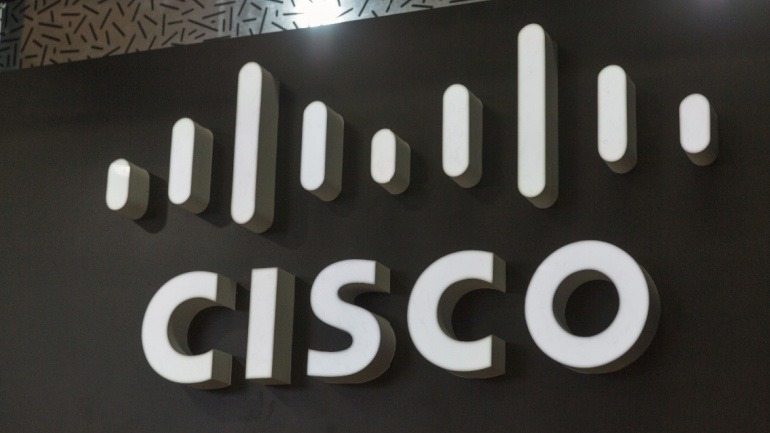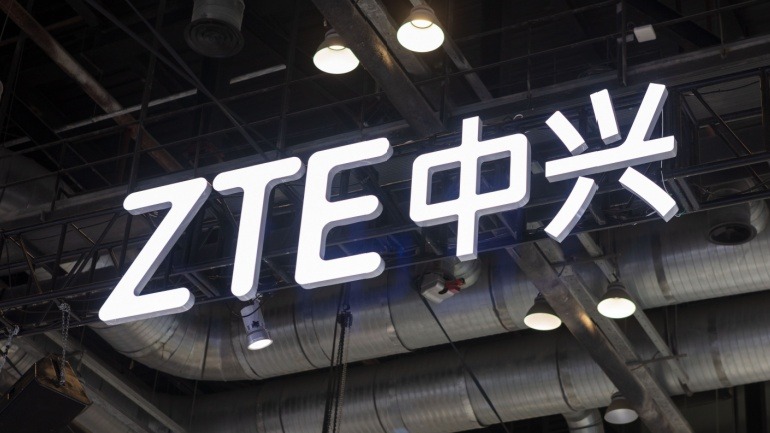Quantum computers today function largely in isolation, confined within sealed environments. Unlike classical computers, they cannot communicate over the internet. However, IBM and Cisco aim to change that by laying the groundwork for a future quantum computing internet by 2030.
A global network for quantum machines requires intricate hardware, software, and research beyond what is needed for classical computers. Both companies acknowledge the necessity for collaboration with universities and federal labs to advance the project. Their long-standing partnership since 1999, coupled with Cisco’s networking research experience, could be pivotal.
Quantum computers promise to revolutionize fields like chemistry, physics, and security. They can solve complex problems that would take classical systems millennia. Despite their potential, quantum computers remain prone to errors. IBM, Google, and other tech giants are racing to create reliable systems, with IBM targeting a fully functional machine by 2029.
Their joint plan includes building a proof-of-concept quantum network within the next five years. The ultimate objective is to connect quantum machines over greater distances through the early 2030s. This ambitious goal aligns with IBM’s broader quantum roadmap, aiming for systems that support extensive quantum operations.
To achieve interconnected quantum machines, information stored in stationary qubits needs to transform into “flying” qubits. According to Jay Gambetta, director of IBM Research, these are qubits that move through space, enabling communication across networks.
The challenge extends beyond proof-of-concept. Scaling the technology to connect many quantum systems across long distances requires innovation in microwave-optical transducers and optical-photon technologies.
The initiative also necessitates a new interface for quantum machines. IBM is developing a quantum networking unit (QNU) to bridge quantum processors and enable the transformation and sharing of quantum information.
On the software front, Cisco is creating a high-speed framework to streamline network reconfiguration during computations. This innovation allows seamless quantum information exchange between systems, maintaining the computational flow.
Both companies are also exploring the concept of a “network bridge.” This would employ Cisco’s quantum network nodes to connect IBM QPUs through the QNU interface, initially focusing on single data centers. For long-distance quantum communication, converting microwave qubits into optical signals that traverse through fibre-optic cables is essential.
As the project unfolds, IBM and Cisco aim to share their progress through open-source software. This will foster collaboration and allow researchers to build on their work.
Vijoy Pandey, senior vice-president of Cisco’s Outshift innovation incubator, stated, “We are looking at this end-to-end as a system … rather than two discrete road maps.” The vision is to tackle this as an integrated system problem, uniting hardware and software to enhance quantum computing capabilities.
If successful, interconnected quantum machines could perform tasks beyond the current capacity of all classical computers combined. The vision for a vast quantum network, potentially realized by the late 2030s, promises broad applications, including quantum sensing and global-scale quantum communications.
Despite uncertainties and the reliance on forthcoming breakthroughs, IBM and Cisco remain optimistic. A successful quantum network could enable quantum sensing, detecting minute changes in weather patterns, and other applications previously unimaginable with classical systems. However, the journey towards refining quantum computers to minimize errors is still ongoing.
IBM is determined to build a fault-tolerant quantum system. Success hinges not on creating error-free devices but on developing systems capable of functioning amidst the inevitable disruptions. IBM stands at the forefront of quantum computing, boasting the largest fleet of quantum systems globally and striving for breakthroughs that will usher in a new era of computational power.







